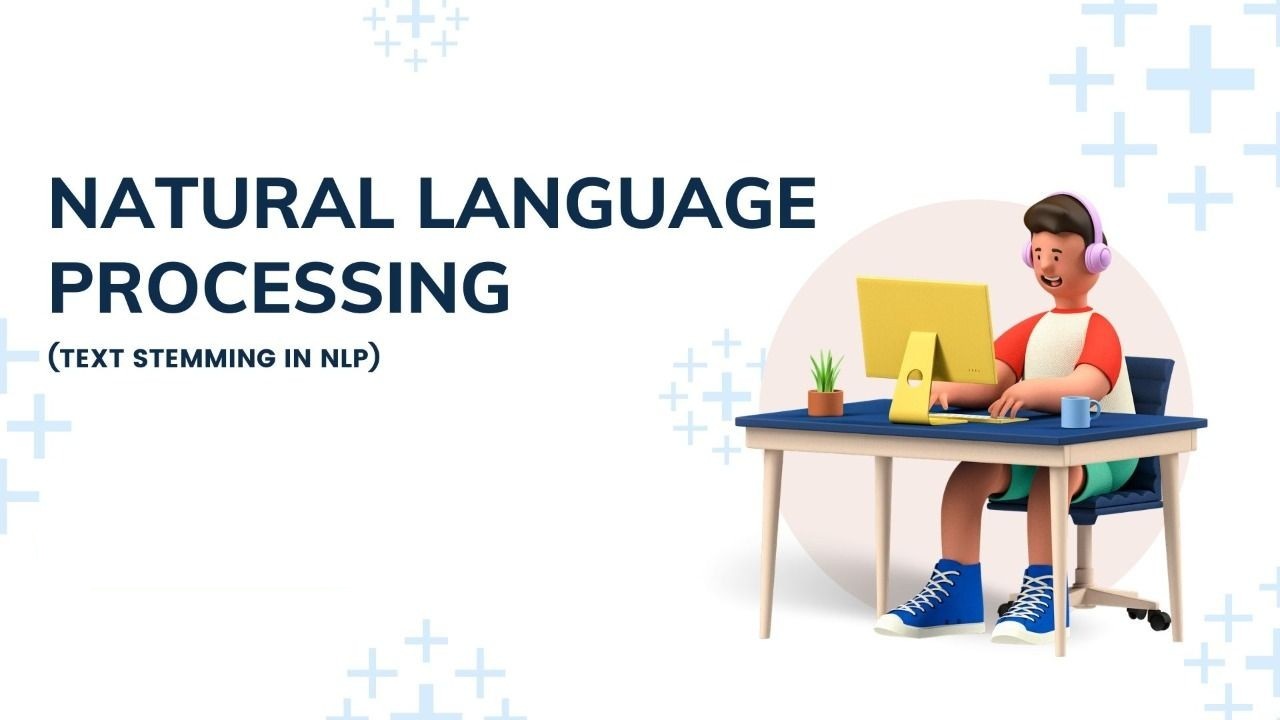
To fully leverage NLP in Google Search, your SEO strategy must align with how Google processes and understands language. Below are advanced, deep-dive NLP-based SEO techniques to improve rankings and search visibility.
1. Topic Modeling & Semantic SEO
How it Works: Google doesn’t just rank based on individual keywords but understands the broader topic using NLP techniques like Latent Semantic Indexing (LSI) and Topic Modeling.
Actionable Strategy:
🔹 Build Content Clusters
- Identify a pillar topic (main page) and create supporting subtopics that interlink.
- Example:
- Pillar: “Complete Guide to African Safaris”
- Cluster: “Best Time to Visit Kenya,” “Top Safari Animals to See,” “Budget vs. Luxury Safari Options”
🔹 Optimize for Entity-Based Search
- Google focuses on entities (people, places, things) rather than just keywords.
- Use Google’s Knowledge Graph and tools like Google Natural Language API to analyze entities in your content.
- Example: Instead of just “best hotels in Cape Town,” mention “Table Mountain, V&A Waterfront, Camps Bay” to add contextual relevance.
2. Optimize for Google’s BERT & MUM Algorithms
How it Works:
- BERT helps Google understand the meaning of words in context (e.g., prepositions like “for” and “to” matter).
- MUM (Multitask Unified Model) processes multilingual and multimodal data to provide better search answers.
Actionable Strategy:
🔹 Write for User Intent, Not Just Keywords
- Instead of keyword stuffing, structure sentences naturally like a conversation.
- Example: Instead of “best safari tours Kenya cheap,” write:
✅ “What are the most affordable safari tours in Kenya?”
🔹 Address Multi-Step Queries
- Since Google now understands complex user journeys, optimize for follow-up questions.
- Example:
- Primary Query: “Best safaris in South Africa”
- Follow-Up Query: “Are Kruger safaris better than Pilanesberg?”
- Solution: Add an FAQ section to cover these related queries.
🔹 Leverage Multimodal SEO
- MUM processes text, images, and video together.
- Solution: Use descriptive alt text and schema markup for images & videos.
- Example: Instead of “safari lodge photo,” use:
✅ “Luxury safari lodge overlooking the Serengeti during sunset.”
3. Passage Ranking Optimization
How it Works: Google now ranks individual sections (passages) of content, not just entire pages. This means one small part of your article can rank independently.
Actionable Strategy:
🔹 Improve Text Readability & Scannability
- Use shorter paragraphs (2-3 lines max)
- Bold important phrases
- Add summary boxes with key takeaways
🔹 Use Semantic HTML Markup
- Google prefers structured content with clear subheadings (H2, H3, H4).
- Example of an optimized structure for Passage Ranking:htmlCopyEdit
<h2>Best Safari Destinations in Africa</h2> <p>Some of the top safari destinations in Africa include:</p> <h3>1. Kruger National Park, South Africa</h3> <p>Kruger is known for its incredible biodiversity and luxury lodges.</p> <h3>2. Serengeti National Park, Tanzania</h3> <p>Home to the Great Migration, Serengeti offers year-round wildlife viewing.</p>
🔹 Target “People Also Ask” (PAA) Queries
- Identify frequently asked questions in your niche and answer them concisely.
- Use Google’s “People Also Ask” box for ideas.
- Example:
- Q: “What is the best month to visit Kenya for a safari?”
- A: “The best months for a Kenyan safari are July-October due to the Great Migration.”
4. Sentiment & Emotion-Based Optimization
How it Works: Google uses NLP to detect tone, emotion, and sentiment in text. Positive, authoritative, and engaging content ranks better.
Actionable Strategy:
🔹 Increase Emotional Triggers in Content
- Use power words like “life-changing,” “breathtaking,” and “once-in-a-lifetime” in headlines & descriptions.
- Example:
❌ “Visit the Serengeti”
✅ “Experience the Serengeti’s Breathtaking Wildlife Like Never Before”
🔹 Optimize Meta Titles for Emotional Impact
- Use numbers, questions, or urgency:
✅ “7 Incredible African Safaris You Can’t Miss in 2025”
✅ “Planning a Safari? Here’s What You Must Know”
5. Named Entity Recognition (NER) & Schema Markup
How it Works: Google identifies named entities (businesses, locations, events) to improve search relevance.
Actionable Strategy:
🔹 Use JSON-LD Schema Markup
- Implement FAQ Schema, Local Business Schema, and Review Schema.
- Example for a Safari Lodge:jsonCopyEdit
{ "@context": "https://schema.org", "@type": "LodgingBusiness", "name": "Serengeti Luxury Safari Lodge", "address": { "@type": "PostalAddress", "streetAddress": "Serengeti National Park", "addressCountry": "TZ" }, "aggregateRating": { "@type": "AggregateRating", "ratingValue": "4.8", "reviewCount": "256" } }
🔹 Leverage Google NLP API to Analyze Your Text
- Test your content using Google’s NLP API Demo to check sentiment, entities, and keyword relevance.
6. Optimize for Conversational & Voice Search
How it Works: Google processes spoken language differently from typed queries.
Actionable Strategy:
🔹 Use Natural Language & Question-Based Keywords
- Instead of: “Best hotels Cape Town”
- Use: “Which hotels in Cape Town offer ocean views?”
🔹 Optimize for Featured Snippets
- Keep answers concise (40-60 words)
- Use bullet points for steps and lists
🔹 Test Your Content with Voice Assistants
- Ask Google Assistant or Siri the queries you want to rank for and analyze the results.
Final Thoughts
To dominate NLP-based Google Search results, focus on user intent, entity optimization, and structuring content for easy comprehension.
- ✅ Write in natural, conversational language
- ✅ Use semantic keywords & topic clusters
- ✅ Leverage passage ranking, schema markup, and sentiment analysis
- ✅ Optimize for voice search and featured snippets
Would you like me to audit your existing content for NLP optimization? 🚀



